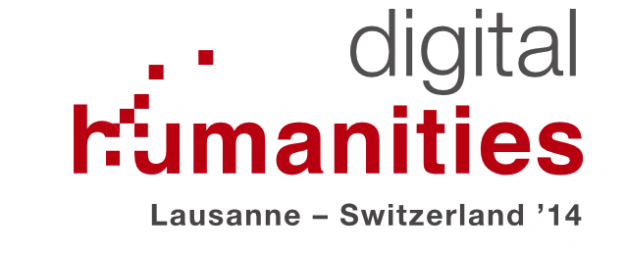1. Digital Humanities in the Anthropocene
by Bethany Nowviskie
I’m here to give a talk that likewise wants to glide from shallows to depths in turn. My hope is to position our work—the work of the DH community that has nurtured me with kindness for some 18 years—less as it is lately figured (that is, less as a fragmenting set of methodological interventions in the contemporary, disciplinary agon of humanities scholarship) and more as one cohesive and improbably hopeful possibility. The possibility is for strongly connecting technologies and patterns of work in the humanities to deep time: both to times long past and very far in prospect. But I’ll swim to the shallows, too—because, by musing about the messages we may attempt to send and receive in the longest of longues durées, I mean also to encourage a searching and an active stance in DH, toward our present moment—toward engagement with the technological, environmental, and ethical conditions of our vital here-and-now.
2. Making Digital Humanities Work
by Jennifer Guiliano and Trevor Muñoz
This paper, officially titled “Making Digital Humanities Work”, is on its face about an activity we created to engage librarians at the University of Maryland in digital humanities. This activity, which we called the “Digital Humanities Incubator” might look outwardly like a training program but that label will be slightly misleading for the purposes of this discussion. We’ll reveal what the incubator encompassed and how it worked and didn’t work. Through discussing our experience with planning the incubator and then creating and running a first iteration of the activity, we hope to do four things: first, to argue for the continuing urgent need to reflectively critique the structure and practice of labor in the (digital) humanities; second, to suggest that there are valuable insights to be gained by taking a “deflationary” approach as part of this critical examination; third, to contribute a few insights (we hope) from our local situation; and finally, fourth, to encourage future work along these lines of theoretical engagement. Thus in this presentation, our treatment of the digital humanities incubator is both a reflective and prospective endeavor.
3. How did ‘play’ shape the design and experience of creating Serendip-o-matic?
Part 1 by Scott Kleinman
Hi, Iʼm Scott Kleinman, and my job is to introduce you to the One Week | One Tool experience which led to the creation of Serendip-o-matic. One Week | One Tool was a summer institute sponsored by the National Endowment for the Humanities. It was organised by Tom Scheinfeldt and Patrick Murray-John, and hosted by the Roy Rosenzweig Center for History and New Media at George Mason University. The idea for One Week | One Tool was inspired by models of rapid community development and advertised as a digital “barn-raising”, in which a diverse group of twelve DH practitioners would gather “to produce something useful for humanities work and to help balance learning and doing in digital humanities training.” The entire process from conception to release was to occur in six days. Last year, our group gathered for that brief period and brought into the world Serendip-o-matic.
Part 2 by Mia Ridge
I’m Mia, I was dev/design team lead on Serendipomatic, and I’ll be talking about how play shaped both what you see on the front end and the process of making it. The playful interface was a purposeful act of user advocacy – we pushed against the academic habit of telling, not showing, which you see in some form here. We wanted to entice people to try Serendipomatic as soon as they saw it, so the page text, graphic design, 1 – 2 – 3 step instructions you see at the top of the front page were all designed to illustrate the ethos of the product while showing you how to get started.

